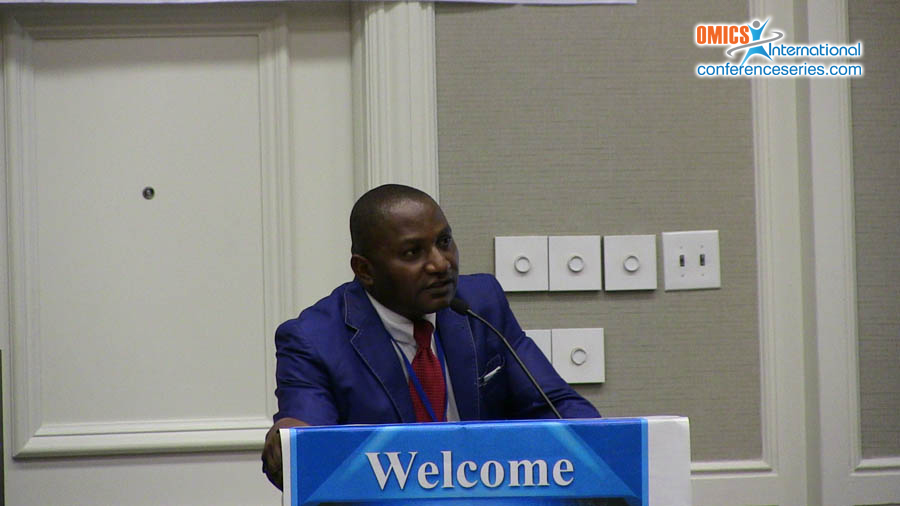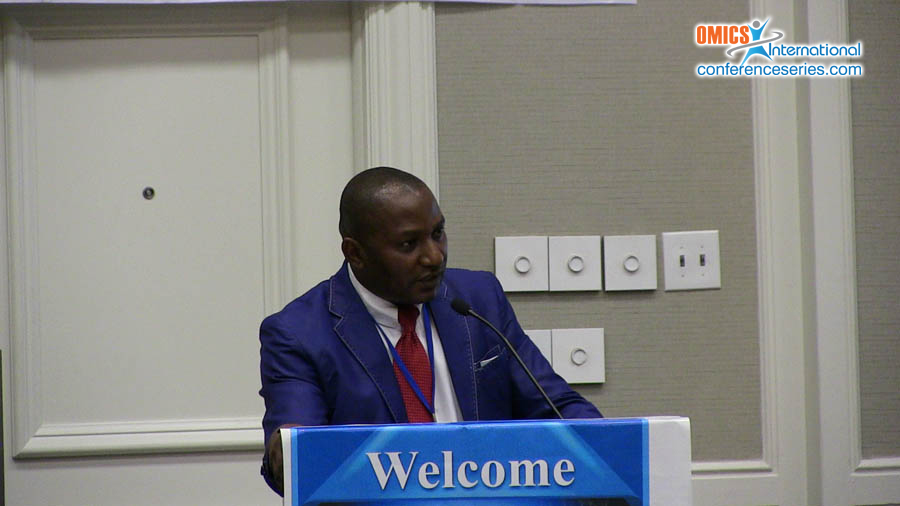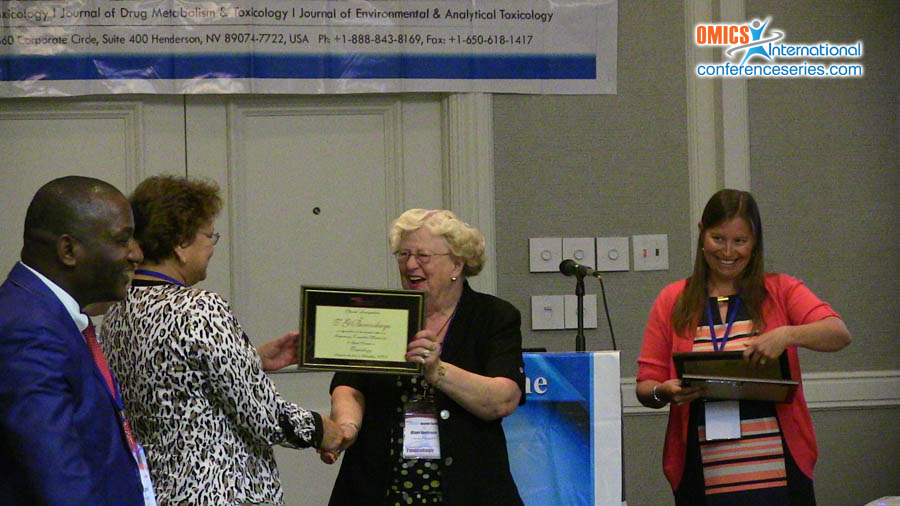
Friday E Uboh
University of Calabar, Nigeria
Title: Comparative protective potentials of vitamins C and E against nitrocellulose thinner-induced atherogenicity in male and female albino Wistar rats
Biography
Biography: Friday E Uboh
Abstract
This study assessed the comparative protective potential of vitamins C (vit C) and E against nitrocellulose thinner-induced atherogenicity in male and female albino Wistar rats. Forty eight rats (24 males and 24 females), weighing 180–200 g, were used in the study. The animals were distributed into four groups, with six rats respectively for each of the male and female groups. The animals were orally exposed to 30 mg/kg bwt of nitrocellulose thinner (NCT) and respectively treated with vit C (200.0 mg/kg bwt) and E (100.0IU/kg bwt) daily for 30 days. At end of the experimental treatments, the animals were sacrificed and plasma collected for atherogenicity analyses. The atherogenicity was determined from the plasma total cholesterol, triacylglycerol, low density lipoprotein, high density lipoproteins, and atherogenic indices of the plasma. The atherogenic indices were derived from the plasma lipid ratios, including TC:HDL, TG:HDL, (TC–HDL)/HDL and Log(TC/HDL). The results showed that the levels of plasma TC, TG, LDL, and the atherogenic indices recorded for male and female rats exposed to NCT were significantly (p<0.05) higher, while HDL levels were significantly (p<0.05) lower, compared respectively to the levels recorded for rats in the respective control groups. Also, the increase in TC, TG, (TC–HDL)/HDL and Log(TC/HDL) and decrease in HDL levels reported for rats exposed to NCT were observed to be sex-dependent, with females being more vulnerable. These results also showed that concomitant treatment of the respective groups of rats exposed to NCT with vitamins C and E significantly (p<0.05) protected both the male and female rats against NCT-induced in atherogenicity. However, the protection potential of vitamin E was observed to be significantly (p<0.05) higher than that of vitamin C. The results of this study therefore indicated that oral exposure to NCT may cause a higher risk of atherogenic disorders in females than males; and that vitamin E is more potent than vitamin C in protecting the exposed animals against NCT-induced atherogenicity in male and female rats.
Speaker Presentations
Speaker PPTs Click Here





